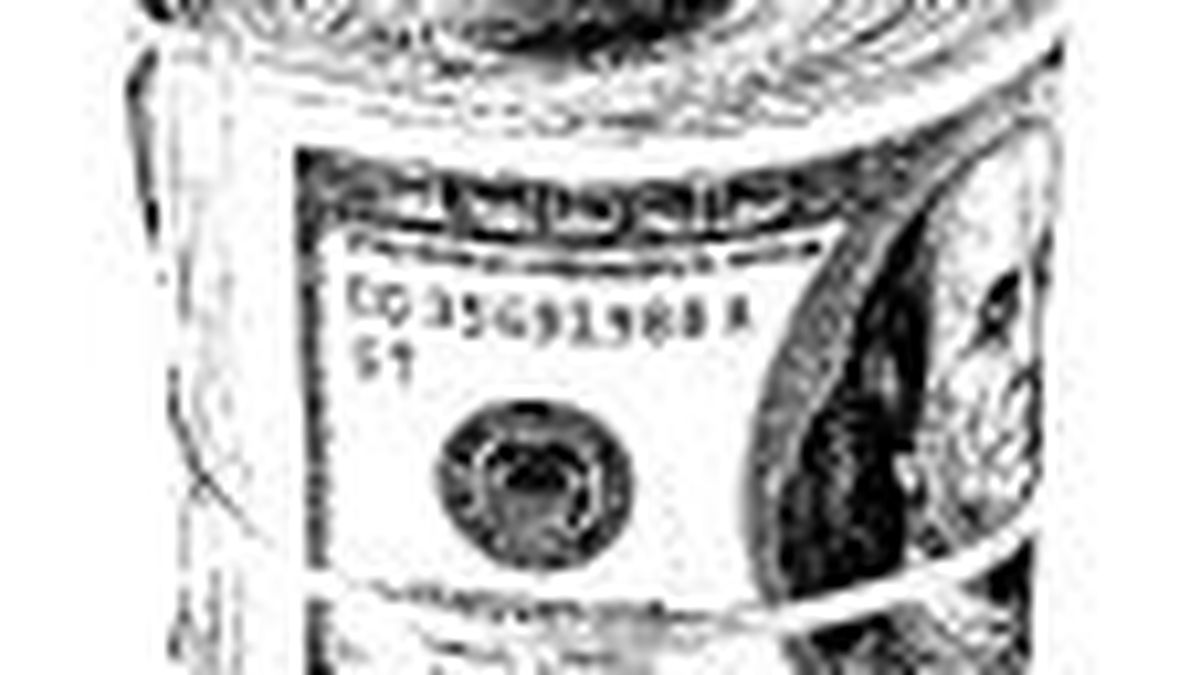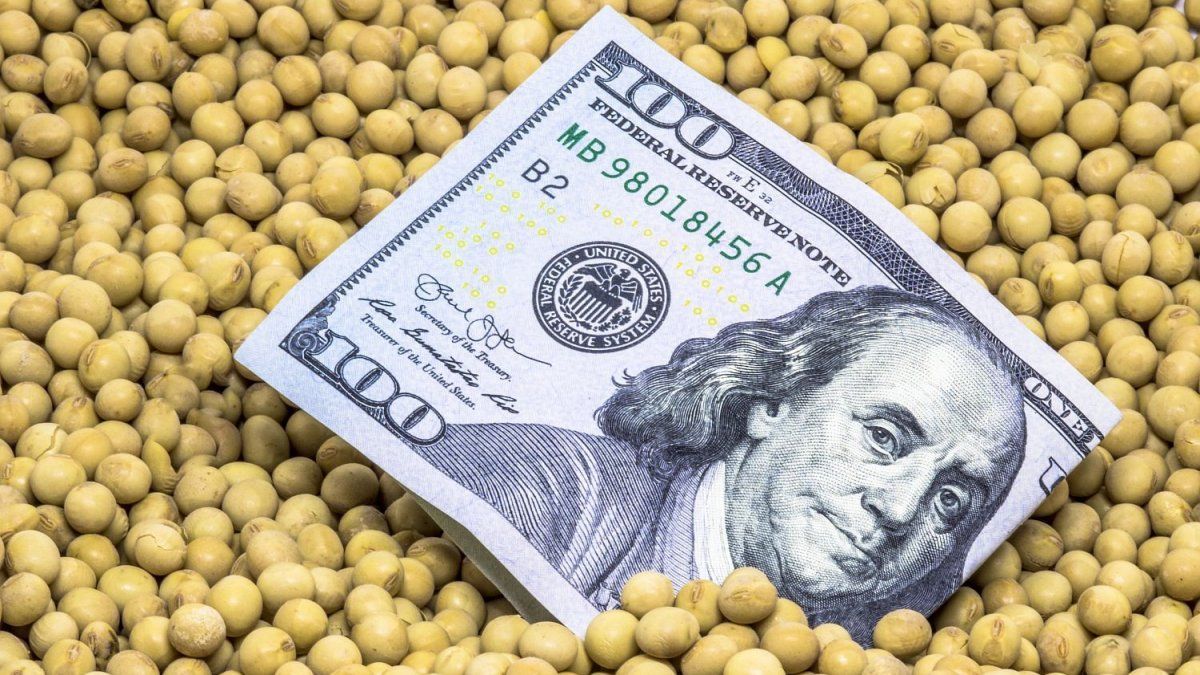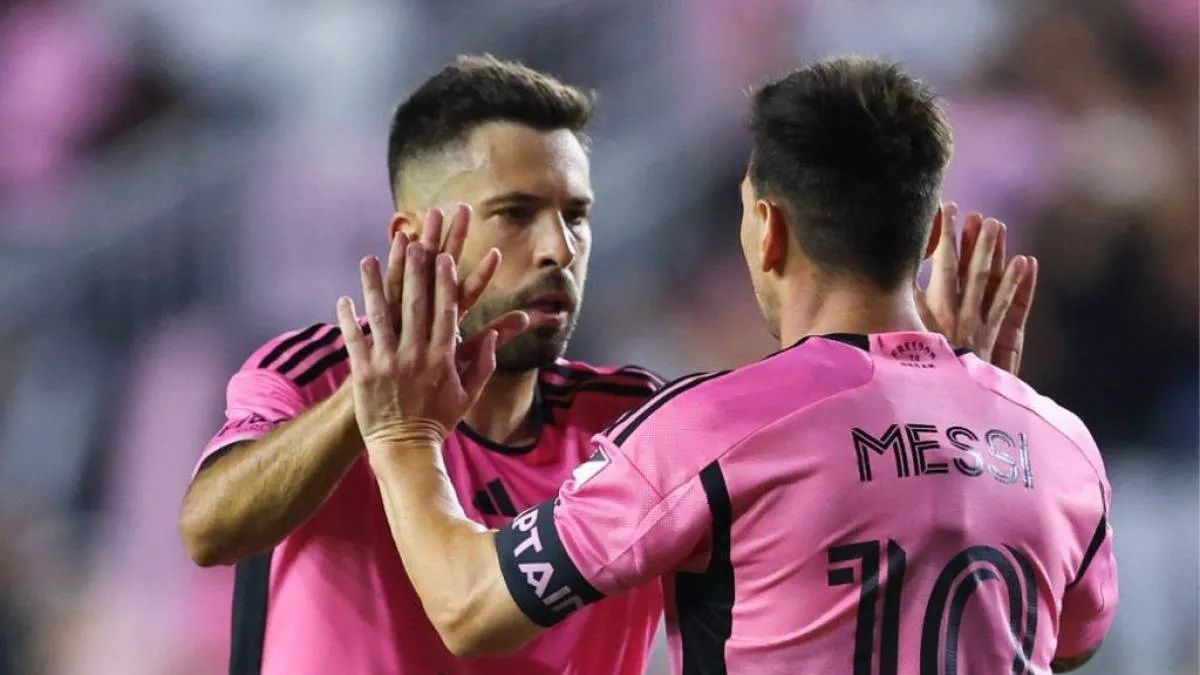The wholesale dollar, which is directly regulated by the BCRA, rose 12 cents to $120.32. During May, it registered an advance of 4.2%, the most important monthly rise in the Alberto Fernández era.
The monetary authority sold reserves again, after ending May with a positive balance of some US$790 million in favor of its weakened reserves. Although the Central Bank improved its purchasing performance compared to April (US$161 million), the rate is still insufficient to meet the goals with the IMF. June purchases should be around US$2.3 billion (+US$115 million on each business day) to reach the increase in Net Reserves agreed with the IMF (+US$2.9 billion) in the second quarter , which is very challenging under current conditions.
Yesterday, the Chamber of the Oil Industry of Argentina (CIARA) and the Cereal Exporters Center (CEC) announced that the companies in the sector paid US$4,231.7 million last month, being the best May since they took monthly records.
“The demand for dollars for energy imports, seasonally high in the winter, together with the deficit in services and the payments of private foreign debt are the biggest obstacles facing the BCRA to accumulate reserves, despite the high prices of agricultural exports. ”, they said from Delphos Investment.
For their part, Invest in the Stock Exchange (IEB) analysts see the reserve accumulation goal as compromised. Furthermore, “if we think about the rest of the year, where liquidations tend to decrease due to seasonality and energy imports will have an even greater impact on the exchange balance, we do not rule out a new deepening of the stocks,” they warn.
The dollar “counted with liquid” -operated with the Global GD30 bond- rose 0.1% and closed at $210.81, while the gap was located at 74.72%.
For its part, the MEP -also valued with the Global 2030- grew 0.6% to $208.62, and the gap with the wholesaler was established at 72.79%.
In his Invest in the Stock Exchange (IEB) analysis, he stated that “since the beginning of February, post-agreement with the IMF, the CCL had been having an almost perfect correlation with the Real. Already at the beginning of May this correlation has been broken, and while the Real appreciates, the CCL depreciates slightly”.
As for the blue, it ended lower and was consolidated as the “cheapest” retail exchange rate in the market. The parallel dollar fell $1 to $206, that is, below the solidarity dollar, which closed close to $208.
Source: Ambito
David William is a talented author who has made a name for himself in the world of writing. He is a professional author who writes on a wide range of topics, from general interest to opinion news. David is currently working as a writer at 24 hours worlds where he brings his unique perspective and in-depth research to his articles, making them both informative and engaging.




